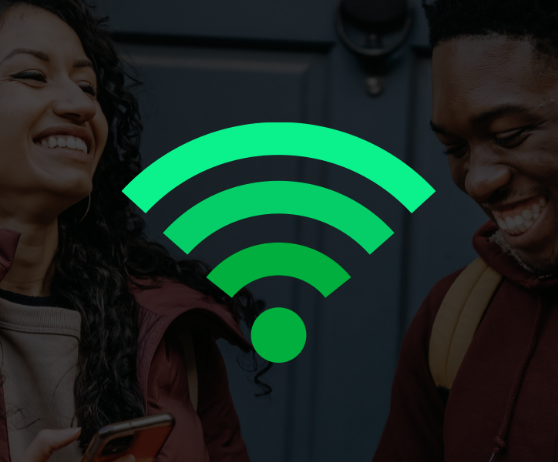Fight for Fair Internet
Uncovering what people really pay for broadband internet
Problem
High-speed internet service, commonly referred to as broadband, has become a requirement of 21st-century American life—a virtual necessity for many people attending school, getting and performing many jobs, receiving medical care and government services, or trying to purchase goods and services that are unavailable locally. Yet broadband service is too expensive for many Americans to afford.
Our Approach
We analyzed 22,000 consumer broadband bills and found that consumers are saddled with confusing bills, high prices, and lack of competitive choices. Working with partners across the country, we collected bills from all 50 states, DC, Puerto Rico and the Virgin Islands. While this study is not nationally representative and not predictive of the broadband market, it’s one of the most ambitious efforts of its kind to understand how much people are paying at a moment in time. For additional coverage and perspectives on our project, you can check out this piece in the The Washington Post and be sure to not miss the Post’s parody video.
At a glance information
Consumer Reports (CR) launched the Fight for Fair Internet campaign to encourage policymakers and service providers to make broadband more accessible and affordable. This study was designed to shine a light on an important component of that goal: determining what consumers pay for internet service, and exactly what they get for their money. The CR analysis of thousands of bills showed costs vary widely—and charges can be higher when people have fewer providers to choose from
Lessons Learned
We announced the findings of our first-of-its-kind nationwide participatory broadband study in November 2023. We encourage you to read the full report here, where CR calls on companies and government to make bills clear and honest, and take steps to improve competition and pricing. See below for a snapshot of our findings:
- Internet pricing can sometimes appear to be arbitrary; in several instances companies charged different prices for exactly the same service plans.
- Overall, average pre-discount prices for internet service ranged from less than $40 to more than $100 a month. The median price of the 18,359 bills where we could clearly identify internet cost was $74.99.
- The average internet speeds consumers purchased varied dramatically, most ranging from 10 Mbps up to 1 Gigabit, or roughly 100 times faster.
- The bills we received show that prices can vary by market, especially when consumers have choice among providers.
- Americans in markets where we received bills from at least three broadband competitors reported paying, on average, about $5 per month less for service than those in areas where we received bills from one or two providers, and reported prices were lower still as the number of local competitors increased.
- Many of the bills collected included add-on fees for extra services, such as “unlimited data allowances” or data overage fees with plans that have data caps. There can also be extra charges for equipment (router or modem rental fees).
- More than a dozen ISPs were found to charge company-imposed fees—also known as junk fees—under names such as “network enhancement fee,” “internet infrastructure fee,” “deregulated administration fee,” and “technology service fee.” They can surprise consumers when they appear on monthly bills, and can enable providers to raise prices without seeming to violate marketing or contractual price commitments.
CR launched this initiative to find out the true cost of internet service. While we expected some confusing bills, we were surprised to see how difficult it was for consumers to understand what they’re paying for and the frequency of hidden fees,” says Jonathan Schwantes, senior policy counsel at CR. These findings support our efforts to petition the FCC to require clear broadband pricing to appear on all monthly bills.